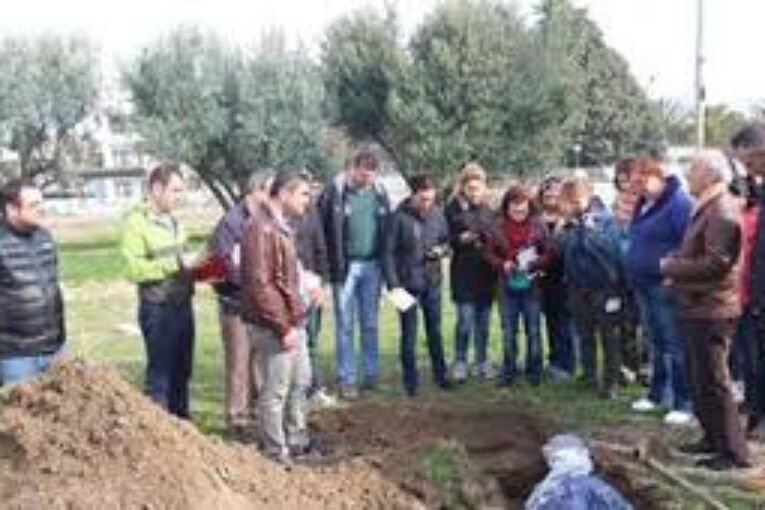
Introduction
- Soil testing is an acceptably accurate and rapid soil chemical analysis for assessing available nutrient status for making fertilizer recommendations.
- We all know that health of soil is equally important as health of any person. It is more applicable when it comes to ‘farming’. But it is observed that now a day, ‘health of soil’ doesn’t get enough attention. People care more about only ‘cash crops and increasing quantity of the crop’. As a result of this, soil becomes unproductive. Awareness about ‘soil health’ should be increased to avoid this.
Need of Soil testing
- Soil is an important matter for cultivation of any type of crop. Soil supplies many necessary nutrients required for healthy growth of a crop. The yield is largely dependent on the soil in which the crop grows. So, before cultivation, it is very important to check the soil for its nutrients. By checking the soil you will know whether the soil is having enough amount of nutrients or not.
- Soil testing encourages plant growth by providing the best fertilizer recommendations.
- It diagnoses whether there is too little or too much of a nutrient.
- Soil testing promotes environmental quality.
- It also saves money that might otherwise be spent on unneeded fertilizer.
When we take a sample of soil
- Before planting anything in the field and after you take out the crop.
- Before application of any organic or chemical fertilizers.
- Three months after application of any organic or chemical fertilizers.
Correct procedure to collect soil sample
- For soil testing soil is taken from 15 different places.
- Dia a V shape pit in the ground which is 15 cm deep. Take soil sample from one side of it.
- Follow the same procedure to take samples from 15 different places.
- Clean the samples by removing any garbage if present in the soil.
- Mix all the samples very well.
- Take 0.5 kg of the sample for soil testing.
Soil Sampling
- Soil sample must be true representative of the field or the part of the field being tested.
- Abnormal soil patches, areas near a fense or used for storing animal manure or crop residues should not be sampled.
- Make a V-shaped cut 15-20 cm deep and take a 1 cm slice from the smooth side. Trim sides with a sharp blade or a pen knife leaving a 2 cm strip.
- Collect this into a clean bucket. Take a number of such samples to make a composite sample.
Preparation of soil sample
- Drying: Samples are generally air-dried and stored. For certain determinations such as ammonium and nitrate N, exchangeable K, acid extractable P and ferrous iron, fresh samples from the field without any drying are required. Results of soil analysis are expressed on oven dry basis.
- Sieving: Field moist samples prior can be made to pass through a 6 mm sieve by rubbing with fingers. This practice seems of much advantage in case of heavy soils. Soils in the right moisture condition can ever be passed through a 2 mm sieve.
- Grinding: A roller, rubber pestle is an agate mortar, or a motorized grinder are commonly employed. Crushing of the gravel and primary sand particles should be avoided. For heavy soils, it is better to pass these through a 2 mm sieve before allowing them to get completely air dried.
- Mixing: Sample should be thoroughly mixed by rolling procedure. Place the dried, ground and sieved sample on a piece of a cloth. Grasp the opposite corners and then holding one corner down pull the other corner across the sample. This process should be repeated back in the reverse direction.
- Storing: Store the soil in paper cartons using a polythene bas as an inner lining. Label the carton properly giving cultivators or experimenter’s name, plot number, date of sampling and initials.
Soil Surveys
- A preliminary soil investigation is an integral part of highways reconnaissance and preliminary location survey.
- In fixing the position of the road the following has to be considered:
- Soil conditions
- Directness of route
- Topography
- Right of way
- Neighborhood disruption
- Environmental consideration


